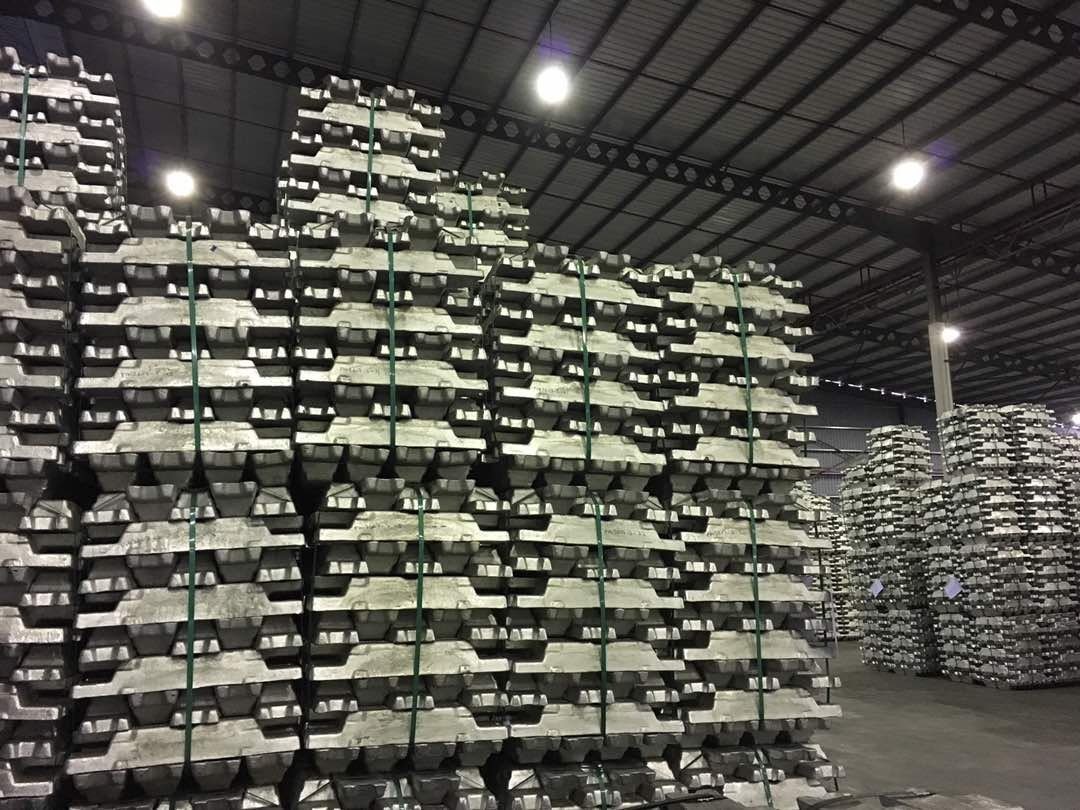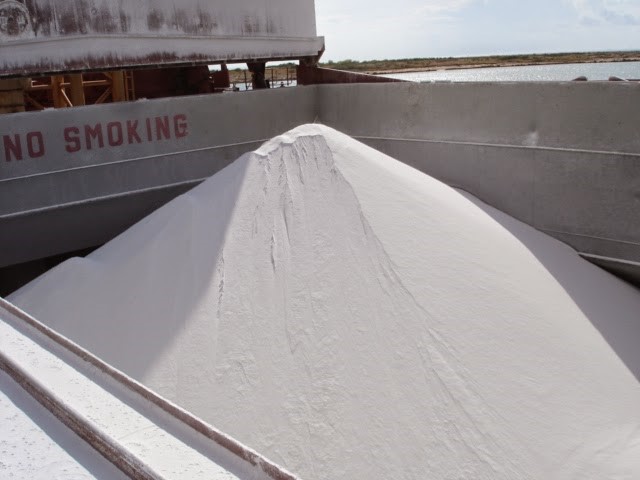Just when the demand for aluminium was rebounding and manufacturing revival was showing encouraging signs towards the end of 2019, the deadly Coronavirus made its appearance in China at the beginning of 2020 and took a toll on almost all parts of the world. The global aluminium market in 2019 was anyway shaken by the economic downturn, resulting in production cut at refineries and smelters and drops in sales of end-users products.
However, some expectations of a demand recovery were resting on China, which now reflects no promising scenario for the near-term, at least. The virus and the accompanying quarantine measures have since chilled economic activity, a short-term demand for the metal is least expected to have a turnaround time.

The London Metal Exchange (LME) aluminium price, which started the year at US$ 1,772 per tonne, has now come to a three-year low of US$ 1,676.5 per tonne, as of February 27. The Chinese domestic price of aluminium has slipped from RMB 14,580 per tonne at the beginning of the year to RMB 13,390 per tonne, as of February 27.
Slower demand for the metal in China is one reason for the domestic price drop, while the other being the continued production at aluminium smelters.
Meanwhile, China’s complex production logistics chain is undergoing massive stress and a supply shock is building upstream. Aluminium stocks registered with the Shanghai Futures Exchange (SHFE) rose to 409,635 tonnes since the start of January.
This is an additional nightmare for the aluminium market, which has spent much of the last decade working off the stocks accumulated during the global financial crisis of 2007/08.
Hit on demand
Turmoil in the aluminium market is likely to have an effect on end-use demand as well. Already weak automotive sales are likely to have continued the collapse in the upcoming months. According to the China Passenger Car Association, passenger car sales slumped by 92 per cent in the first half of February.
But the more immediate concern is China’s aluminium processing sector, which converts metal into semi-manufactured products, as most fabricators tend to close their plants or run at reduced capacity. Many are yet to restart as well, being in locked-down quarantine zones.
Hit on aluminium raw materials
Amidst the Coronavirus outbreak, many alumina refineries have cut their production for the disrupted flow of key inputs, such as bauxite and caustic soda, since many can’t ship their product to smelters, particularly distant plants in northwest provinces such as Xinjiang, according to research house Wood Mackenzie.

It estimates that in 12 days, the refining cuts in China have reached 5.2 million tonnes (annualised), representing 7% of the country’s estimated production. As a result, the domestic alumina market is forecast to experience a 1.1 million-tonne deficit in the first quarter.
On the other hand, for the alumina production cut and raw material transport disruption, the bauxite stocks have increased. Port stocks of bauxite have grown by around 5 million tonnes since the start of the year.
Hit on supply chain
The disruption in China’s alumina sector could stimulate higher demand for imported alumina in the near-term.
According to Woodmac, China imported 400,000 tonnes of alumina in January and the figure is likely to be on track or grow further in February.
China’s exports of aluminium semi-manufactured products, on the other hand, might fall over the coming months due to the lower production at fabricators. Exports last year were around 5.2 million tonnes, down slightly from the previous year.
source https://www.alcircle.com/news/coronavirus-takes-massive-toll-on-chinas-aluminium-value-chain-market-source-52176

Comments
Post a Comment